From Makassar, we flew into Mataram, the capital of the Indonesian province of West Nusa Tenggara and the capital city of Lombok island – the quieter, more modest neighbor of Bali which has only opened its wooden doors to mass tourism probably only in the past 10 years. Still, the development of the island is comparatively slow, juxtaposed against the more overcrowded towns of Bali… which in our opinion, is great! What Bali has too much of, Lombok doesn’t and this is what makes Lombok special.
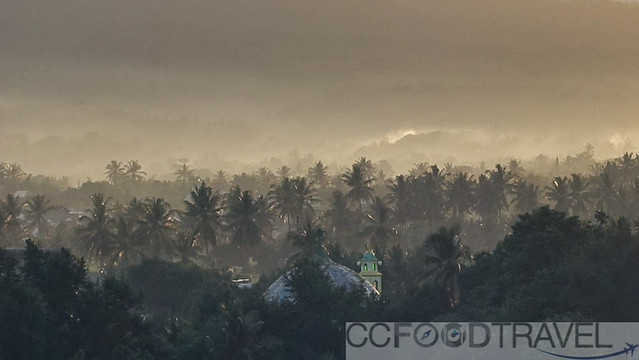
Mataram mornings
Lombok is the home of the Sasak people, one of 300 ethnic groups of Indonesia. Language of the Sasak is similar to Balinese. In general, most Sasaks are Muslims but a large portion practices a localised form of Islam called Wetu Telu which amalgamates animist and Hindu-Buddhist beliefs.

To learn more about the Sasaks, we visited Sasak Sade Village in Rembit where about 700 inhabitants live and carry out their way of life, like generations before. In case you were wondering.. it’s not the village where UK pop-jazz singer Sade is from.
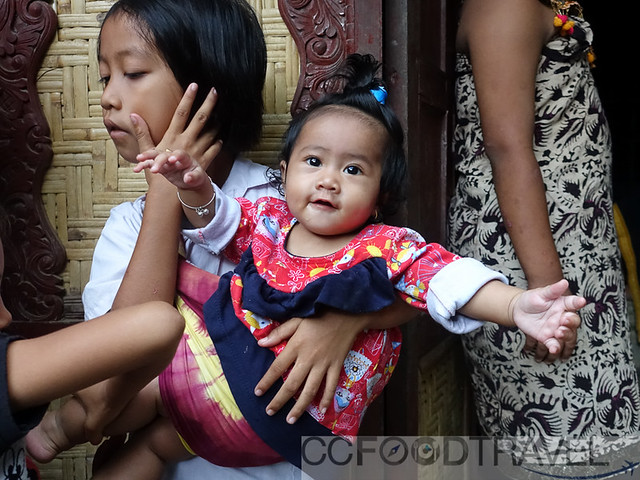
Free Sasak Hugs!
Upon arrival, we were treated to several music and dance performances showcasing the Sasaks unique culture and the animistic beliefs which are still relevant in their lives.

Tarian Gendang Belek. An ensemble of large drums and bronze percussion greeted our arrival which ended with a dueling drum performance.
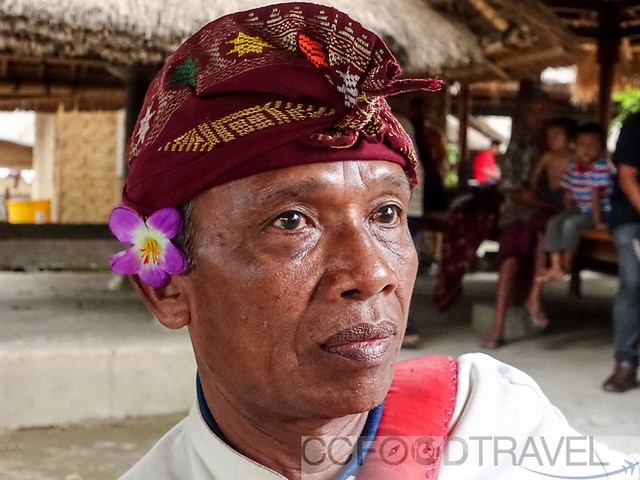
Traditional headdress of Sasak

Petuk Dance performed during circumcision
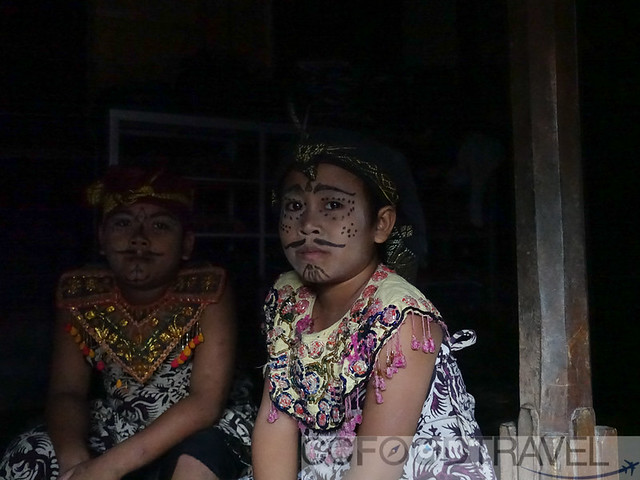
Petuk Dancers in costume
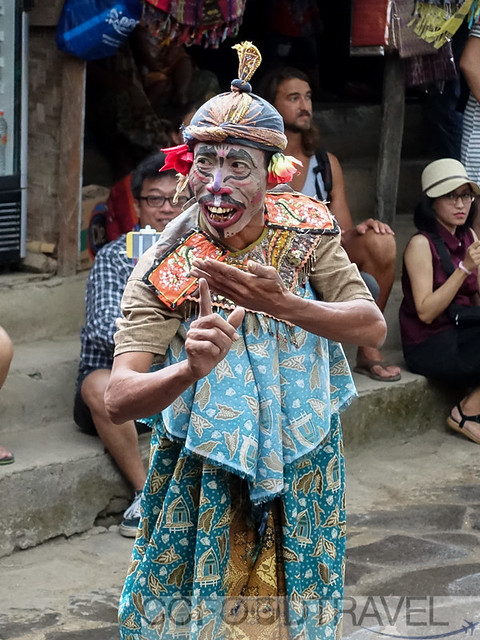
Amak Tempengus Dance, a clown/jester performance which drew a lot of laughters
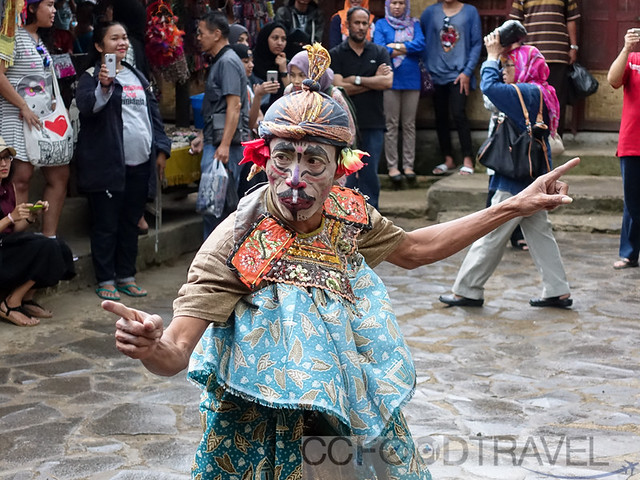
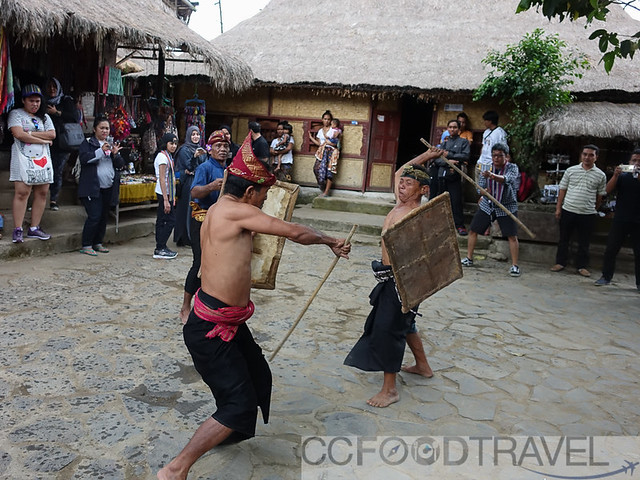
Perisaian, a mock warrior duel but with convincing hard blows on the shields

Sasak traditional weave and design

Made with banana yarn. A very coarse texture
The village is rather large. One can wander for at least any hour around the pathways to chat with villagers, to buy a cup of coffee, and to admire the designs of the handwoven fabric and handmade trinklets by each household. The woven work is very fine and comes at very affordable rates so instead of buying marked up pieces at a retail outlet, we highly recommend buying a few when visiting Sade or any other traditional villages here.

Bright colored threads


Sasak house interior
Sasak traditional homes are made from wood, nipah fronds, and bamboo. The floors are made with a mix of mud, and cow dung. You probably would imagine a home filled with a defecating stench swarming with flies, and the occupants regularly contracting skin and respiratory diseases, but it’s quite the contrary. When dried and the odor dissipates, organic chemicals in the dung repel flies and mosquitoes, and contains anti bacterial properties. This form of foundation is also used in many rural farmlands in India, and Bangladesh.
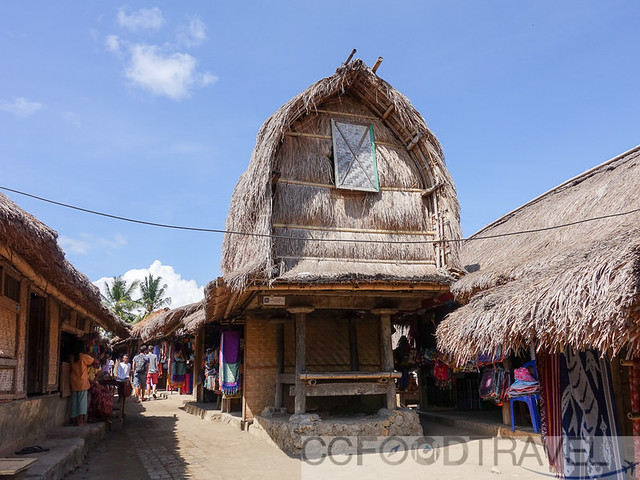
Some homes have high arched roofs where the ‘attic’ level are used for storage e.g. rice harvest
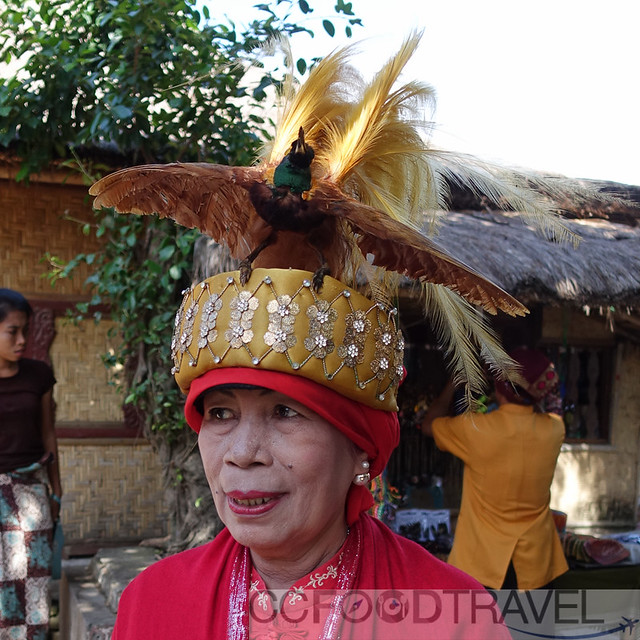
By chance, we met the Queen of West Papua, Ratu Tanah Datar Kokoda Rustuty Rumangesan with her signature headdress, the Raggiana Bird of Paradise
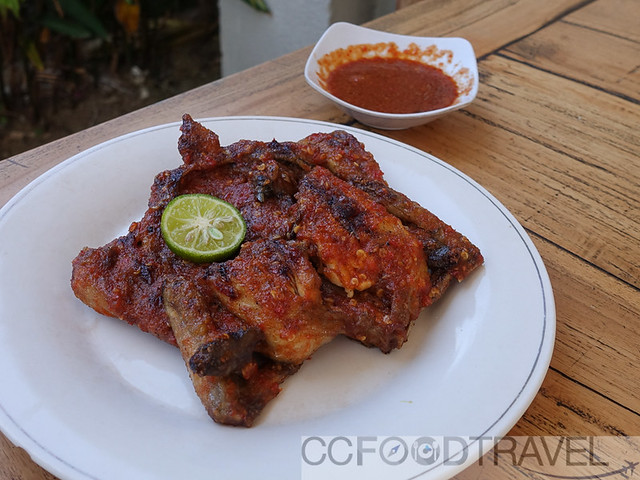
Traditional Sasak dish, Ayam Taliwang eaten at Rumah Makan Ayam Taliwang. The chicken is partially cooked, tenderised with a pestle then cooked again with spices before serving
We enjoyed the experience at Sasak Sade and wished we had more time to explore the village and bought more of the beautiful handwoven fabrics. We continued our journey towards the coast, passing by popular Senggigi, to Teluk Kodek where we would cross the seas towards the Gili Islands.
This trip was sponsored by Tourism Indonesia. CCFoodTravel maintains full editorial control of the content published on this site as always.
All images shot by us are captured using Sony DSC-RX100IV
Check out more images of Sasak Sade Village and the Gili Islands below.





Great view and fantastic pics!
nice handicraft too
i want a free sasak hug too! followed by some of that sasak chicken while watching the warriors duel 😀
I went to this village too during my Lombok trip but no dance performance 😛
What I remember clearly is there were a lot of flies there >_<